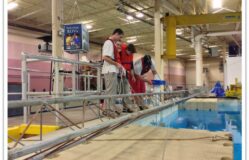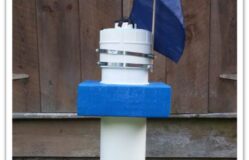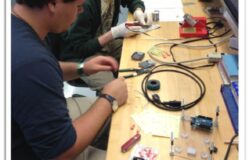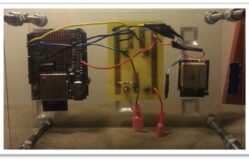Wireless Sensor Network for the Restoration of Oyster Beds in the Great Bay Area of New Hampshire
Oysters are an important component of the Great Bay ecosystem, filtering pollutants out of the water in order to help other organisms survive. Due to overfishing and disease, however, the oyster population has been greatly reduced.
The Oyster Restoration Program at UNH works with the non-profit Nature Conservancy to assist in the restoration of the oyster population in the Great Bay in Eastern New Hampshire. There is a need to measure the rate of sedimentation from rivers and tributaries to track how quickly the new oysters may be covered with sediment from throughout the state.
IEEE UNH wanted to help develop an electronic data logger with water flow measurement capabilities to track how the incoming flow changes throughout the tidal cycle while incorporating a GPS reading. Additional sensors were also used for the purpose of monitoring the location.
Along with helping the non-profit, this project promoted STEM education and increased awareness of a local cause. It also provided real world engineering experience in bringing a product from the design phase through completion.






Recent Comments